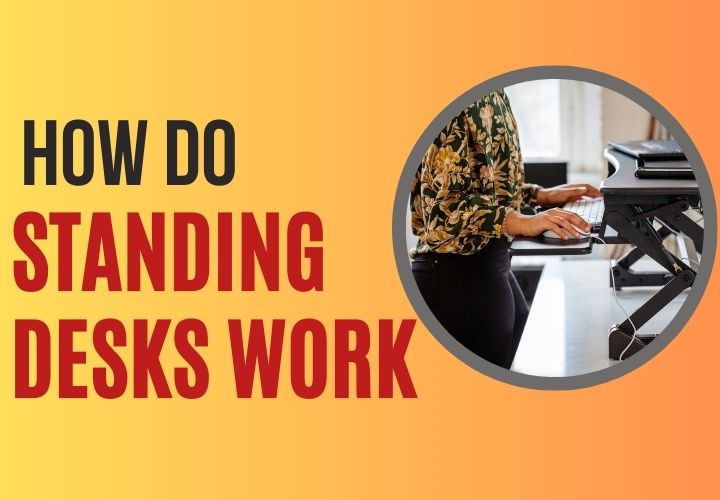Standing desks have surged in popularity as more people seek to enhance their work environments and improve their health. With benefits like increased productivity and reduced risk of chronic diseases, standing desks offer an appealing alternative to traditional seated workstations. But how do standing desks work, and what makes them effective?
What Is a Standing Desk?

A standing desk, also known as a stand-up desk, is a workstation that allows you to work while standing up. These desks can be adjusted to different heights, enabling users to alternate between sitting and standing positions. Standing desks come in various forms, from fixed-height desks to adjustable models that can be manually or electrically controlled.
How Do Standing Desks Work?
Standing desks work by allowing you to change the height of your work surface, so you can stand or sit as you prefer. The mechanism behind this height adjustment can vary. Some standing desks use a manual mechanism, such as a crank or counterbalance system, while others use electric motors for smooth, effortless adjustments.
The Standing Desk Mechanism

Manual Standing Desk Mechanism
Manual standing desks often feature a crank or counterbalance system. The crank mechanism involves turning a handle to raise or lower the desk surface. This type of adjustment requires some physical effort and can be slower compared to electric models. Counterbalance systems, on the other hand, use springs or weights to make height adjustments easier. These desks are generally more affordable and don’t require a power source.
Pros of Manual Standing Desks
- Cost-effective
- No electricity needed
- Simple to maintain
Cons of Manual Standing Desks
- Requires physical effort to adjust
- Slower height adjustments
- May lack precision
Electric Standing Desk Mechanism
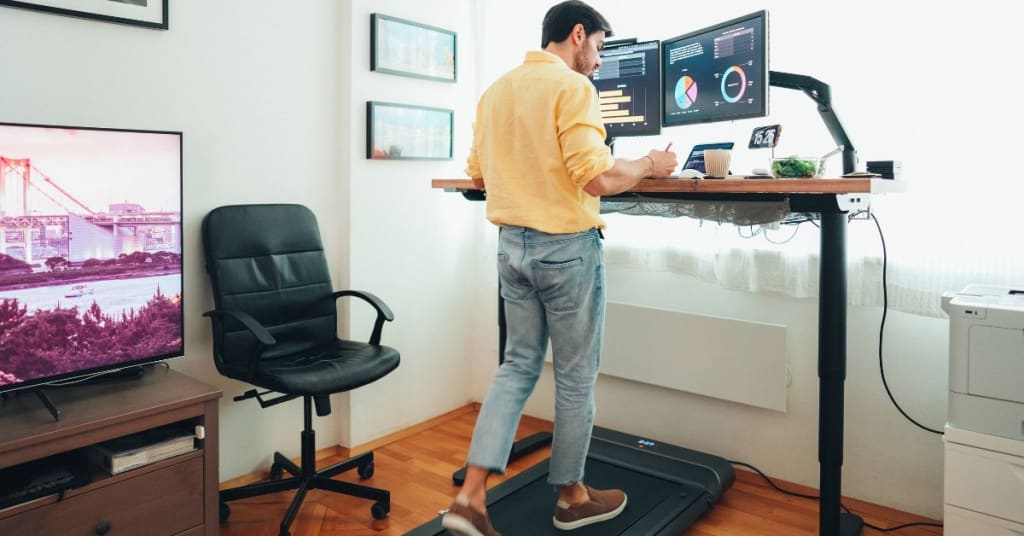
Electric standing desks use motors to adjust the desk height at the push of a button. These desks often come with advanced features like memory settings, which allow you to save your preferred heights. The electric mechanism makes transitioning between sitting and standing smooth and effortless.
Pros of Electric Standing Desks
- Easy and quick adjustments
- Advanced features (memory settings)
- Precise height control
Cons of Electric Standing Desks
- More expensive
- Requires power source
- Potential for mechanical issues
Features of Modern Standing Desks
Modern standing desks offer a range of features designed to enhance user experience. Key features include:
- Height Adjustment Range: A wide range of height adjustments to accommodate different users and Hat L Unit is the best desk unit for balance your work pressure.
- Stability and Durability: Robust construction to ensure the desk remains stable, especially at higher heights.
- Additional Features: Memory settings, programmable heights, and sometimes even integrated cable management solutions.
The Importance of Standing Desk Stability

Stability is a crucial factor in standing desks. A stable desk prevents wobbling, which can be distracting and potentially harmful. Factors affecting stability include the quality of materials, the design of the frame, and the desk’s weight capacity. Ensuring that your standing desk is stable will enhance your work experience and prevent potential accidents.
Benefits of Using a Standing Desk
Health Benefits
Standing desks can help mitigate the health risks associated with prolonged sitting. Benefits include improved posture, reduced back pain, and a lower risk of cardiovascular diseases.
Productivity Benefits
Using a standing desk can enhance productivity. Standing while working increases alertness and energy levels, leading to better focus and efficiency.
Other Advantages
Standing desks also offer flexibility in work environments, promote movement, and can even lead to a more collaborative workspace.
Potential Drawbacks of Standing Desks
While standing desks offer many benefits, there are some potential drawbacks. Common issues include:
- Fatigue: Standing for long periods can lead to fatigue and discomfort.
- Transition Period: It can take time to get used to standing desks.
- Cost: High-quality standing desks can be expensive.
Choosing the Right Standing Desk for You
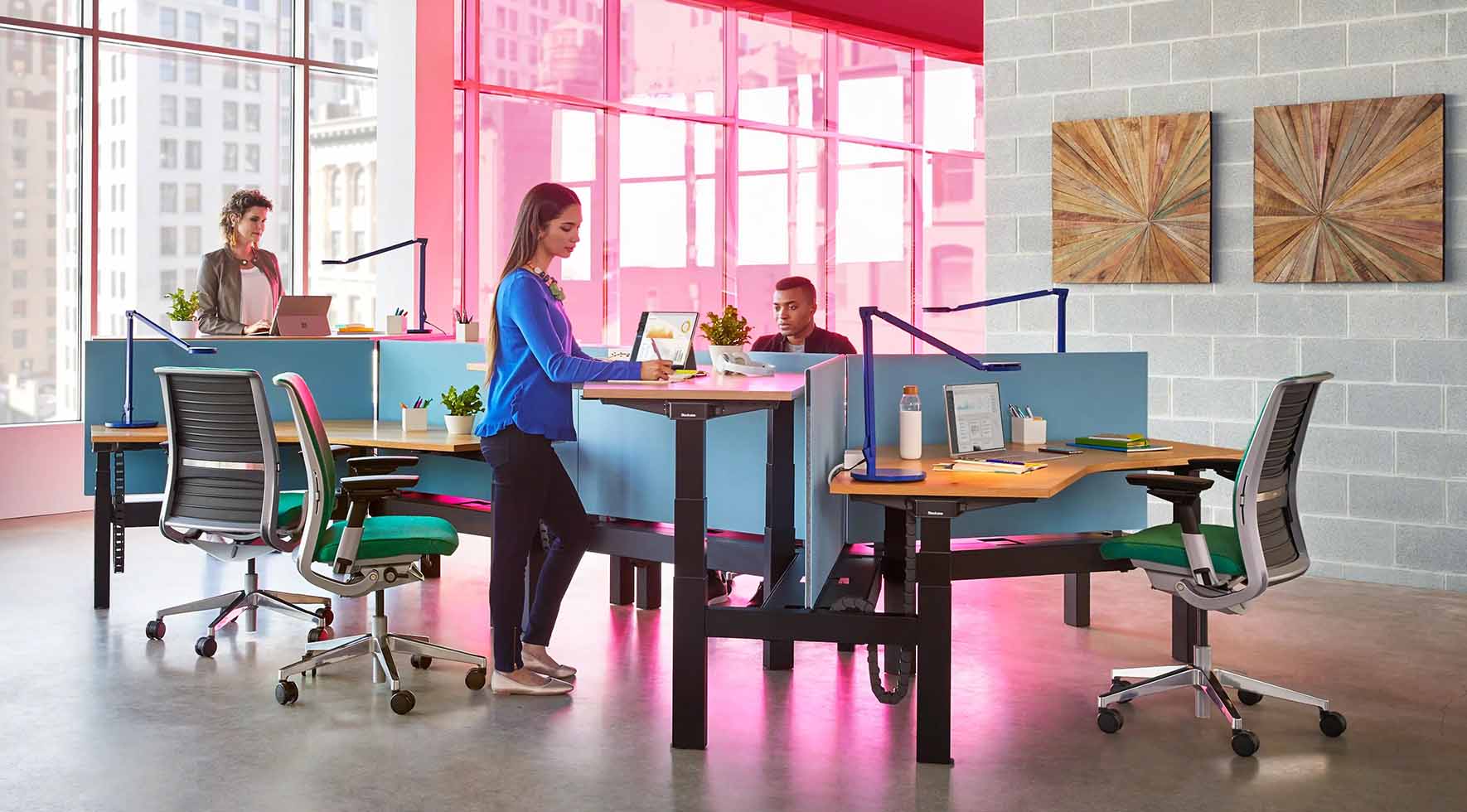
When selecting a standing desk, consider factors like:
- Adjustability: Ensure the desk has a good range of height adjustments.
- Stability: Check the stability of the desk at different heights.
- Features: Look for additional features like memory settings and programmable heights.
Setting Up Your Standing Desk
For optimal ergonomics, set up your standing desk with the following tips:
- Monitor Height: Keep your monitor at eye level to avoid neck strain.
- Keyboard Position: Your keyboard should be at a height where your arms are at a 90-degree angle.
- Foot Support: Use an anti-fatigue mat to reduce strain on your legs.
Transitioning to a Standing Desk
To ease into using a standing desk, start by alternating between sitting and standing. Gradually increase the time you spend standing as your body adjusts. Listen to your body and take breaks as needed.
Maintaining Your Standing Desk
Regular maintenance ensures your standing desk remains in good working condition. Tips include:
- Clean Regularly: Keep the desk surface clean and free of debris.
- Check Mechanisms: Regularly inspect the adjustment mechanisms for wear and tear.
- Lubricate Moving Parts: If you have a manual desk, lubricate the crank or counterbalance system periodically.
Conclusion
Standing desks are a great investment for those looking to improve their health and productivity. Understanding how they work and choosing the right one can make a significant difference in your work experience. By considering factors like adjustability, stability, and additional features, you can find the perfect standing desk to meet your needs.
Frequently Asked Questions (FAQs)
Q.1 How often should I alternate between sitting and standing?
It’s recommended to alternate between sitting and standing every 30 to 60 minutes to prevent fatigue and promote circulation.
Q.2 Can a standing desk help with back pain?
Yes, standing desks can help alleviate back pain by promoting better posture and reducing the strain on your lower back.
Q.3 Are standing desks suitable for all types of work?
While standing desks are versatile, they may not be suitable for tasks that require prolonged sitting or precise hand movements.
Q.4 What is the ideal height for a standing desk?
The ideal height for a standing desk is one where your elbows are at a 90-degree angle and your monitor is at eye level.
Q.5 Do standing desks consume a lot of electricity?
Electric standing desks consume minimal electricity, similar to that of a small household appliance.

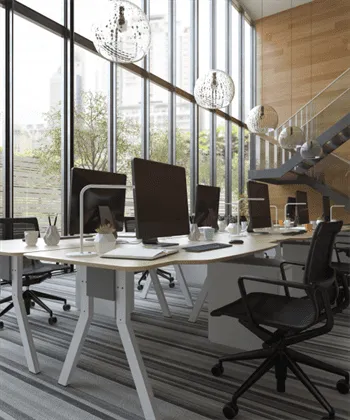 Workstations
Workstations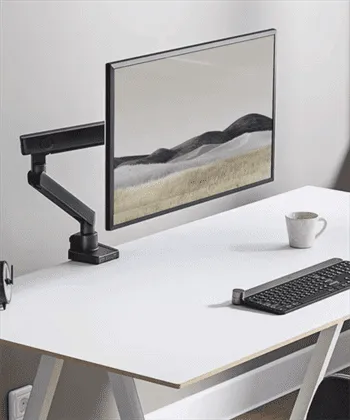 Monitor Arms
Monitor Arms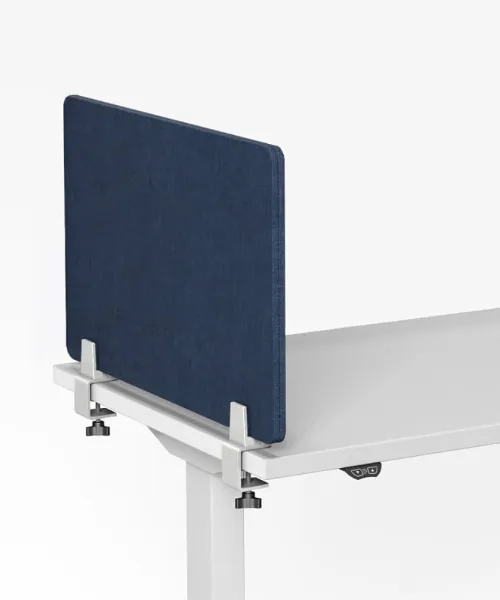 Dividers
Dividers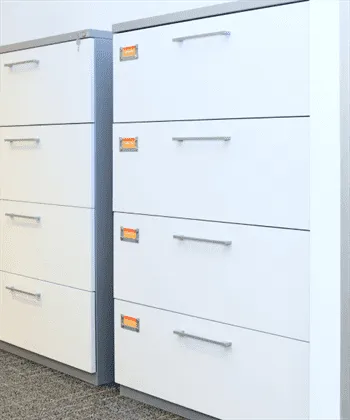 Storage
Storage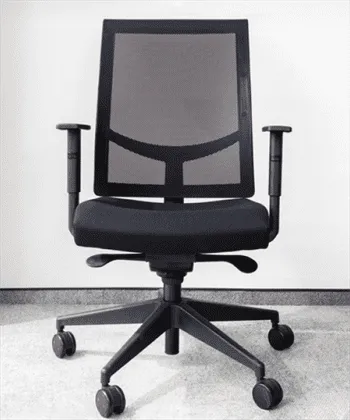 Seatings
Seatings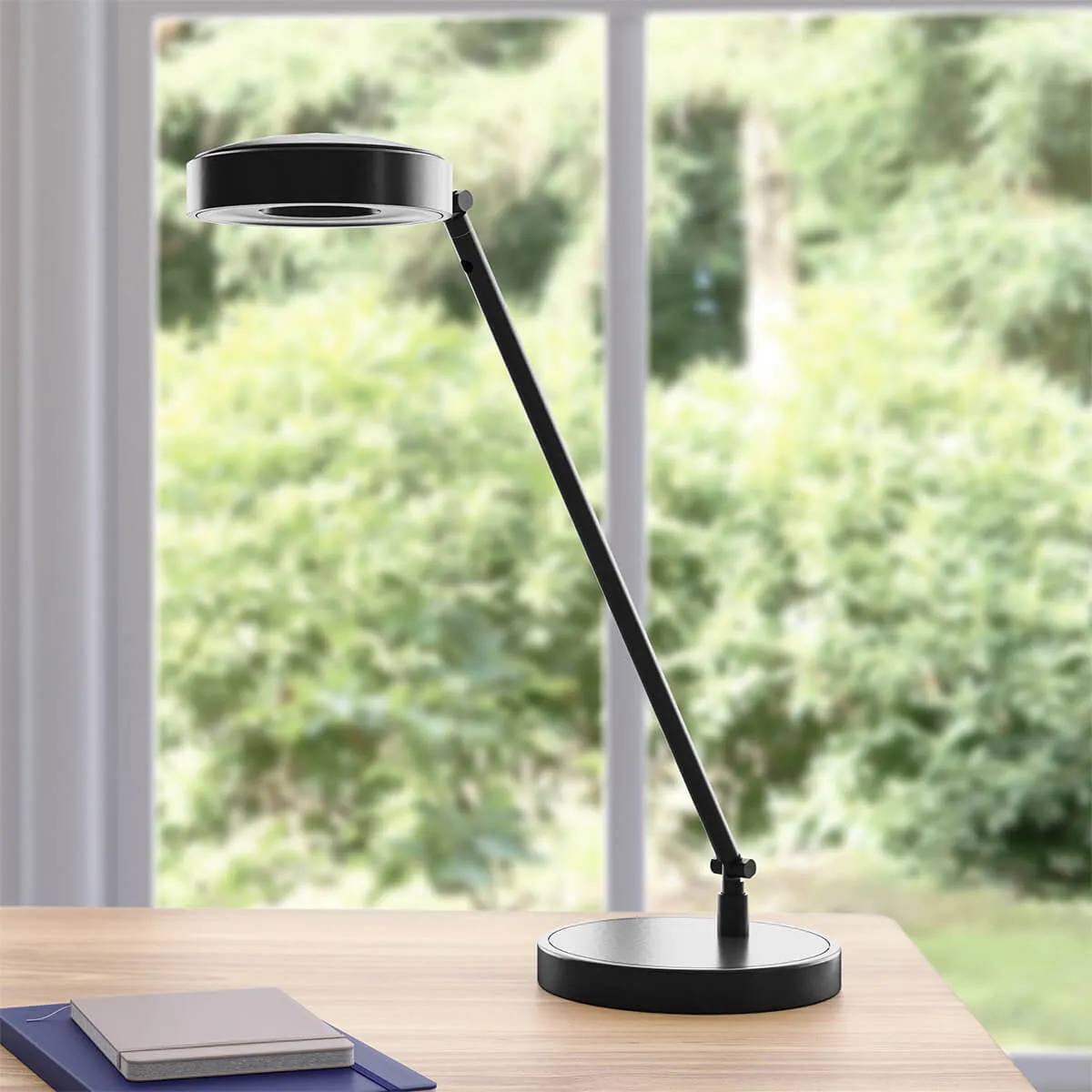 Accessories
Accessories